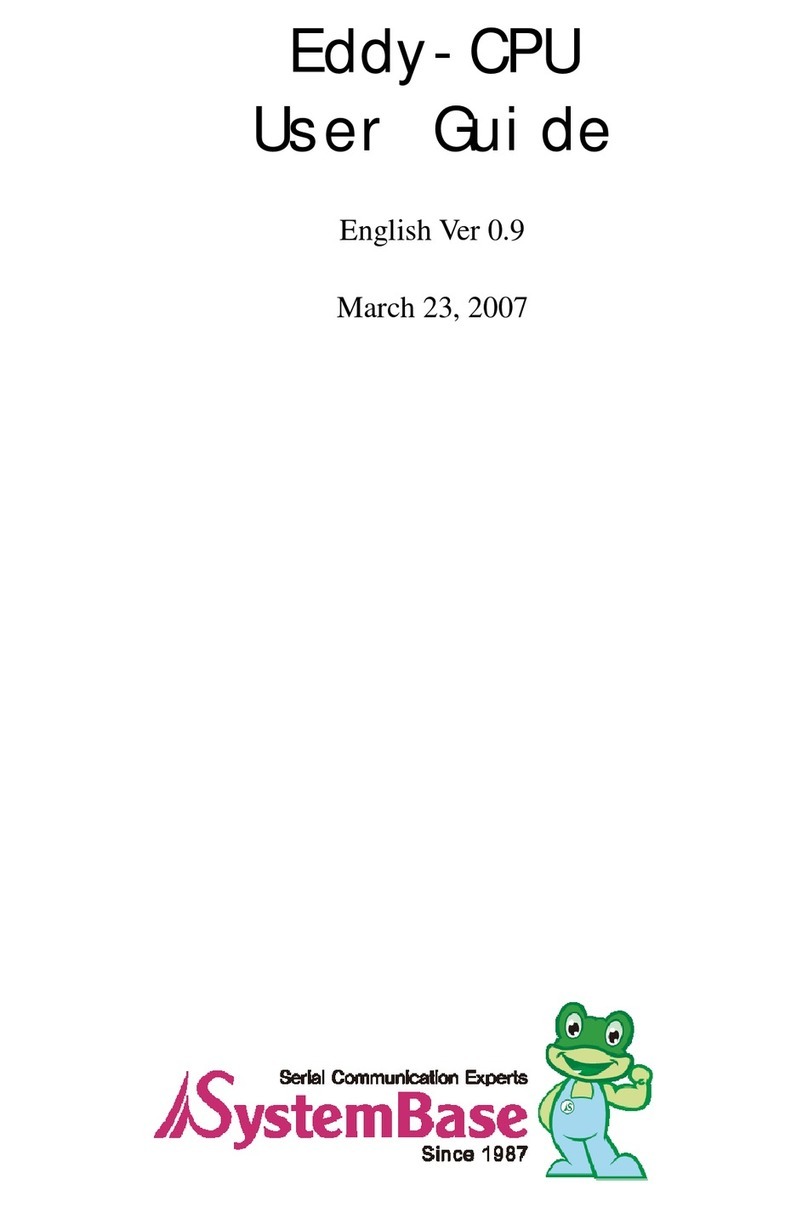
3
Table of Contents
Chapter 1. Introduction.................................................................................................................5
1.1 About this document ........................................................................................................................5
1.2 Who should read this document?....................................................................................................5
1.3 Document organization ....................................................................................................................6
1.4 Eddy-DK Related Documents ..........................................................................................................7
1.5 Technical Support ............................................................................................................................8
Chapter 2. Getting Started ...........................................................................................................9
2.1 What can you do with Eddy DK ?....................................................................................................9
2.2 Eddy-DK Package Contents ............................................................................................................9
2.3 Eddy-CPU v2.1 / v2.5.....................................................................................................................10
2.4 Eddy-DK v2.1 .................................................................................................................................27
2.5 Eddy-S4M v2.1 / v2.5.....................................................................................................................46
2.6 Eddy-S4M-DK v2.1 ........................................................................................................................58
2.7 Eddy-S4M-JiG v2.1 ........................................................................................................................68
2.8 Eddy-WiFi v2.1 ...............................................................................................................................72
2.9 Eddy-BT v2.1..................................................................................................................................74
2.10 Eddy-CPU/mp v2.5 ........................................................................................................................76
Chapter 3. Development Environment........................................................................................ 78
3.1 Source code directory structure ....................................................................................................78
3.2 Language........................................................................................................................................79
3.3 Development Environment .............................................................................................................79
3.4 Installing on Windows OS ..............................................................................................................79
3.5 Installation of Cygwin .....................................................................................................................80
3.6 Configuration of Windows Environment Variables ........................................................................82
3.7 Installation of Toolchain .................................................................................................................82
3.8 Installation of Eddy DK Source ......................................................................................................83
3.9 Installing on Linux...........................................................................................................................83
3.10 Installation of Toolchain .................................................................................................................84
3.11 Installation of Eddy DK Source ......................................................................................................84
3.12 Removing Development Environment............................................................................................85
3.13 Removing Windows Development Environment............................................................................85
3.14 Removing Linux Development Environment ..................................................................................85
Chapter 4. Compiling of Application Program ............................................................................ 86
4.1 Program Type.................................................................................................................................86
4.2 Writing Application Program ..........................................................................................................89
4.3 Writing Makefile ..............................................................................................................................89
4.4 Application Program Compile ........................................................................................................90



























